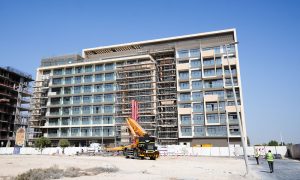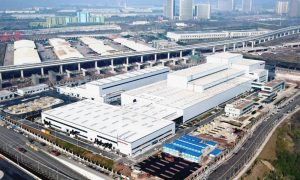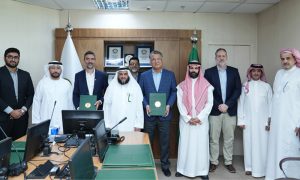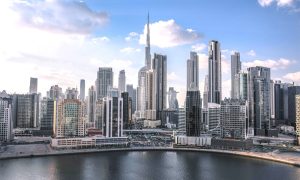Balancing growth and sustainability: Saudi Arabia’s path beyond Vision 2030
Saudi’s Vision 2030 offers an unprecedented opportunity to set a global example of how rapid development can coexist with sustainability says Engi Jaber, Head of Climatize, +impact’s specialist sustainability division

The Kingdom of Saudi Arabia’s Vision 2030 is unfolding at a critical juncture for the planet, a time where the entire world is facing the devastating realities of climate change, environmental damage caused by human activity like mass tourism and the impacts of unchecked industrial growth. If sustainable practices aren’t prioritised now, the region risks severe repercussions, from dwindling natural resources to loss of biodiversity, potentially compromising the very goals Vision 2030 seeks to achieve.
In Saudi Arabia, the challenge is clear: to drive forward its ambitions while fully aligning with environmental directives, such as the Saudi Green Initiative and the United Nations’ Sustainable Development Goals (SDGs). This balance is essential to foster economic growth without compromising the natural heritage and environmental health of the nation. Achieving this requires an innovative, collaborative approach that not only involves government mandates but also mobilises the private sector and NGOs towards a shared commitment to responsible, sustainable development.
Saudi has every opportunity at its door, to forge for themselves a positive position as a world leader in balancing growth with sustainable practises. Vision 2030, a transformative blueprint designed to position the country as a global leader in tourism, infrastructure, and economic diversification, is merely the springboard for even greater achievements. The challenge is in ensuring that today’s developments remain resilient, sustainable, and future proof. As we move forward, we must really be considering: what will Vision 2050 look like?
Quick wins for long-term solutions
Saudi Arabia can take steps now to implement ‘quick wins’ that yield immediate benefits while setting the stage for long-term sustainability. For example, adopting stricter operational guidelines and clear, measurable metrics will hold stakeholders accountable throughout a project’s lifecycle. International best practices, such as Europe’s lifecycle assessments and the UK’s Net Zero standards, can offer valuable lessons and could be adapted to fit Saudi’s specific context.
The private sector will also play a critical role in achieving these goals. By creating incentives – whether through ESG targets, carbon taxes, or science-based approaches – Saudi can motivate businesses to actively prioritise sustainability. While the government has already made significant infrastructure investments, private companies are equally vital in ensuring projects meet both today’s demands and future challenges.
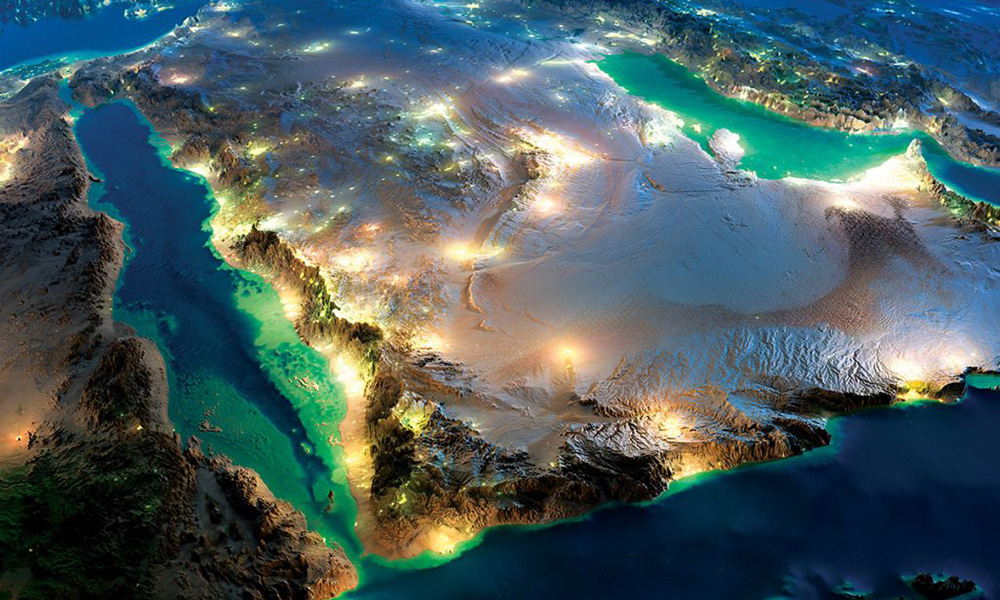
Saudi Arabia is already making strides in this direction. The Saudi Green Initiative demonstrates the country’s commitment to sustainability. However, to truly establish itself as a global leader in sustainable tourism and infrastructure, there must be tighter regulations, more comprehensive reporting, and stronger incentives to encourage widespread adoption of sustainability practices.
Circular economy: The cornerstone of sustainability
At the heart of long-term sustainability is the concept of the circular economy, which emphasises reusing, recycling, and reducing resource consumption. For Saudi Arabia’s Vision 2030, which involves resource-heavy projects, a circular economy is critical to alleviating environmental strain and ensuring long-term viability.
European nations like the Netherlands have implemented robust frameworks designed to reduce waste and boost recycling efforts, setting a standard for sustainable economic models. Japan, too, has pioneered circular economy principles through its Sound Material-Cycle Society initiative, focusing on waste reduction, resource recovery, and eco-friendly product design.
These global examples illustrate how a well-executed circular economy can deliver both environmental and economic benefits. For Saudi Arabia, embedding these principles will not only meet current sustainability targets but also ensure that future generations inherit a resilient and sustainable economy.
The economic case for sustainability
One common misconception is that sustainability comes at a higher cost. However, investing in sustainable practices often results in long-term savings by reducing resource dependency and lowering operational expenses. For example, implementing renewable energy solutions in tourism developments not only cuts emissions but also provides a reliable, cost-effective energy source for decades to come.

Building the infrastructure needed to support a circular economy is also not just a sustainability initiative; it is also a smart economic investment. Creating the infrastructure for a circular economy – waste collection, treatment and recycling centres, for example, all contribute to the economy. In reducing waste and optimising resource use, Saudi Arabia can bolster its economic resilience while meeting environmental targets.
The role of the private sector
While the government should drive sustainability mandates, the private sector must turn these into action. Everyone has a collective responsibility to protect and improve our planet for generations to come. This should be evident in the entire lifecycle of projects, from design to long-term operations, align with stringent environmental standards.
Advisory and consultancy businesses can craft the sustainability roadmaps, ensuring large-scale projects balance growth with environmental responsibility. International developers accustomed to strict sustainability regulations in other markets should bring the same diligence to their work in Saudi, even as local directives evolve and ensure the transfer of their knowledge and experience to local enterprises. This also ensures that the workforce is sustainable, creating career paths through roles in ESG for future generations.
Companies with specialised expertise in sustainable operations as well as an advisory offering, like +impact, can guide both public and private stakeholders in creating future-proof infrastructure. Early engagement with the private sector will encourage all of this and ensure projects not only meet ESG standards but exceed them.
Saudi’s Vision 2030 offers an unprecedented opportunity to set a global example of how rapid development can coexist with sustainability. By implementing responsible roadmaps from today, Saudi can ensure its infrastructure and tourism developments achieve their ambitious goals and help to design a sustainable future for the country and set an example for the region and world.
